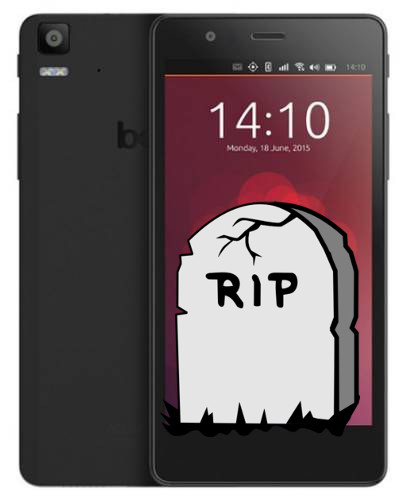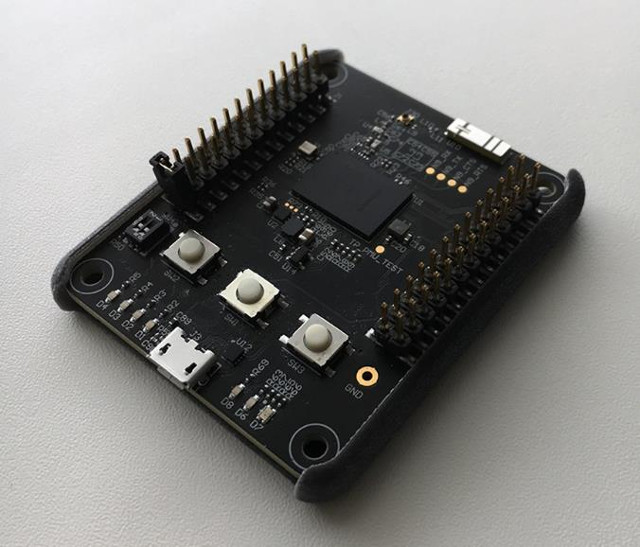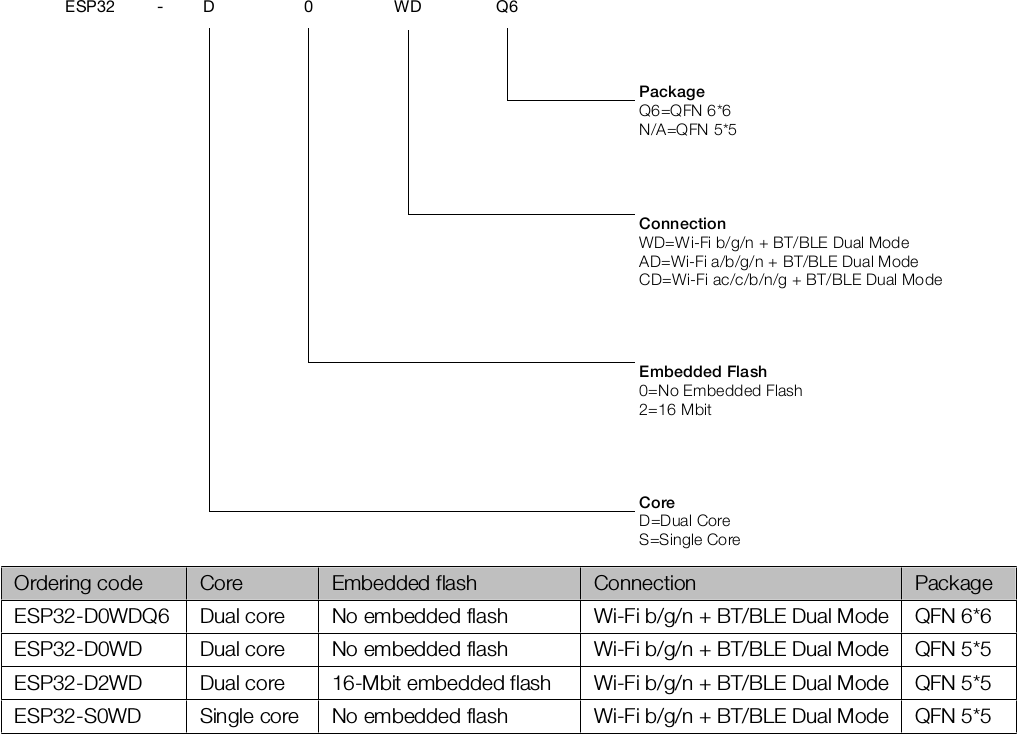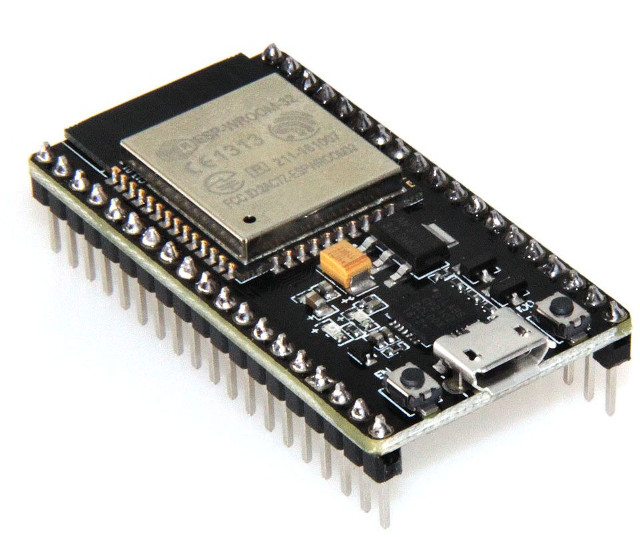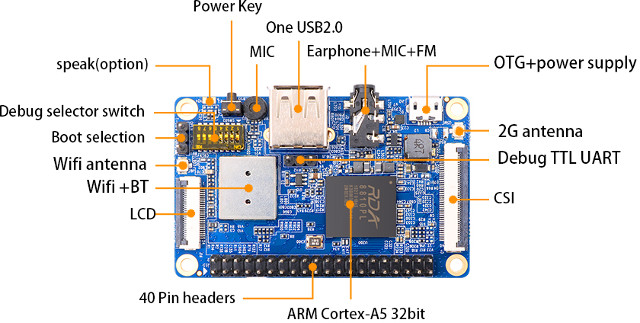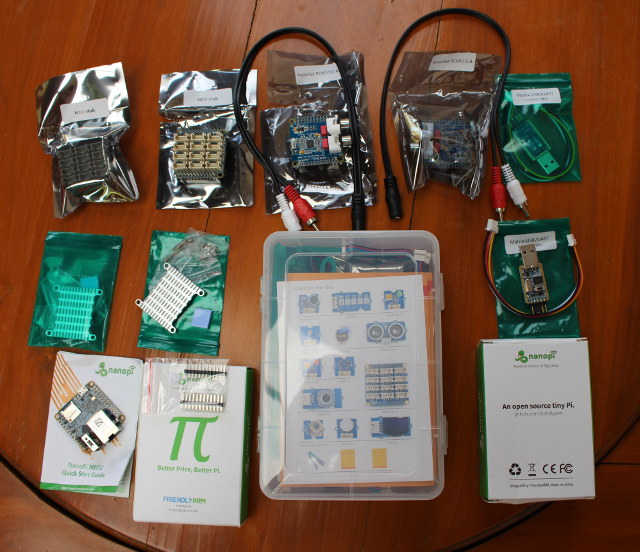Mark Shuttleworth has published a new blog post in Ubuntu Insights, and this is not all good news, as the title “Growing Ubuntu for Cloud and IoT, rather than Phone and convergence” implies. Canonical has decided to drop Unity8, and replace it with Gnome in Ubuntu 18.04, and by extension stop any investment in Ubuntu phone and convergence. The main reasons given for the drop were that few commercial partners were interested in the project, preferring to stick with the most popular mobile operating systems like Android, and the community did not see the work as innovation, but instead fragmentation, probably referring to the Mir vs Wayland saga. On the better news, Canonical is still committed to work on Ubuntu desktop, and will focus on the Cloud and IoT applications such as automotive, robotics, networking, and machine learning, for which the company has gone well so far with multiple commercial […]
Microsoft is Working with Mediatek on Project Sopris Secure WiFi MCU
There are serious security issues with the Internet of Things at all levels: hardware, software, network, and end-users. Microsoft Research NExT Operating Systems Technologies Group has been tasked with “exploring the goal of securing the vast number of low cost Internet connected devices coming online” with Project Sopris. They have shared their first technical report that identifies “seven properties of highly secure devices”, and describes their experiments towards designing microcontroller based prototype devices adapted from Mediatek MT7687 MIPS microcontroller, and exhibiting those seven properties. The seven properties identifies by Microsoft team include: Hardware-based Root of Trust – Unforgeable cryptographic keys generated and protected by hardware. Physical countermeasures resist side-channel attacks. Small Trusted Computing Base – Private keys stored in a hardware-protected vault, inaccessible to software. Division of software into self-protecting layers. Defense in Depth – Multiple mitigations applied against each threat. Countermeasures mitigate the consequences of a successful attack on […]
Embedded Systems Conference 2017 Schedule – May 3-4
The Embedded Systems Conference 2017 will take place over two days in Boston, US on May 3-4, and the organizers have published the schedule of the event. Even if you’re not going to attend, you’ll often learn something or find new information by just checking out the talks and abstracts, so I’ve created my own virtual schedule with some of the most interesting sessions. Wednesday, May 3rd 08:00 – 08:45 – Combining OpenCV and High Level Synthesis to Accelerate your FPGA / SoC EV Application by Adam Taylor, Adiuvo Engineering & Training Ltd This session will demonstrate how you can combine commonly used Open source frameworks such as OpenCV with High Level Synthesis to generate a embedded vision system using FPGA / SoC. The combination of OpenCV and HLS allows for a much faster algorithm development time and consequently a faster time to market for the end application. 09:00 – 09:45 […]
New Espressif ESP32 Single and Dual Core Processors in 5x5mm Package, Optional Embedded Flash Coming Soon
Espressif ESP32 was launched last year as a dual core Tensila processor with WiFi and Bluetooth connectivity, relying on external flash for storage, and packaged into a QFN48 6x6mm package. Espressif recently updated ESP32 datasheet, and the guys at ESP32net noticed three new versions of the processor with a QFN48 5x5mm package, one version including 2 MBytes embedded flash, and another version with a single core. The three new versions of ESP32 all come with the same WiFi 802.11b/g/n ad Bluetooth 4.0 LE connectivity and a QFN 5×5: ESP32-D0WD dual core processor without embedded flash ESP32-D2WD dual core processor with 16 Mbit embedded flash ESP32-S0WD single core processor without embedded flash ESP32-D0WD different with ESP32-D0WDQ6 is only the smaller package, while ESP32-D2WD brings 2MB embedded flash too possibly lowering the price of current solution with external flash, and ESP32-S0WD might be closer to ESP8266 price thanks to its single core, […]
Shenzhen Xunlong Releases Two Orange Pi Boards with 64-Bit ARM Processor, 2GB RAM
Shenzhen Xunlong has already been selling 64-bit ARM development board with their Orange Pi PC 2 & Orange Pi Zero Plus 2 H5 boards based on Allwinner H5, as well as Orange Pi Win board powered by Allwinner A64 processor. However, so far none of them are equipped with much memory, with the only options being 512MB or 1GB RAM. The company has recently launched two new boards with 2GB RAM, namely Orange Pi Win Plus featuring Allwinner A64 SoC, and Orange Pi Prime equipped with Allwinner H5 SoC. Orange Pi Win Plus That board is just an update to Orange Pi Win board with the only difference I could find being the 2GB RAM: SoC – Allwinner A64 quad core ARM Cortex A53 processor @ 1.2 GHz with Mali-400MP2 GPU System Memory – 2GB DDR3 Storage – 2MB SPI flash, micro SD slot up to 64GB, footprint for optional […]
Is NodeMCU ESP-32S Board Now Selling for $8.50 Shipped?
ESP32 SoC with WiFi and Bluetooth launched last September for around $3, followed soon after by ESP32 modules for $7, and a few weeks later, easier to use ESP32 development boards were introduced, but sold for around $20 likely due a mismatch between supply and demand. That’s not overly expensive, but in a world of $4 ESP8266 boards and $10 Raspberry Pi Zero W with Linux, WiFi and Bluetooth, it may feel that way. But today, I noticed DealExtreme sold GeekWorm ESP32 board with ESP-WROOM-32 module for just $11.64 shipped. That’s good progress, but surely Aliexpress must now have cheaper options, and sure enough, I could find NodeMCU ESP-32S board (now confirmed NOT to be an official NodeMCU devkit) sold for $6.95 + shipping, which brought the price up to about $8.50. NodeMCU ESP-32S specifications: Wireless Module – ESP-WROOM-32 with Espressig ESP32 dual core processor with 802.11 b/g/n WiFi and […]
Orange Pi 2G-IoT ARM Linux Development Board with 2G/GSM Support is Up for Sale for $9.90
Orange Pi 2G-IoT was unveiled at the start of the year as an ultra cheap ($10) Linux development board with 2G cellular connectivity. The board has just launched for $9.90 + shipping on Aliexpress. Orange Pi 2G-IoT specifications have changed a little since the initial announced as WiFi is confirmed to be supported: SoC – RDA Micro 8810PL ARM Cortex A5 processor @ up to 1.0 GHz with 2Gbit (256 MB) on-chip LPDDR2 RAM, 4Gbit (512 MB) on-chip SLC NAND flash , 256KB L2 cache, Vivante GC860 3D GPU, and GSM/GPRS/EDGE Modem (Download datasheet) External Storage – micro SD slot Display I/F – LCD connector up to qHD resolution Video – Decoding up to 1080p30, encoding up to 1080p30 H.264 Audio I/F – 3.5mm audio +FM jack, built-in microphone? Connectivity – WiFi 802.11 b/g/n + Bluetooth 2.1/EDR module (RDA5991), and 2G GSM/GPRS/EDGE module with SIM card slot Camera – MIPI […]
NanoPi NEO2 Board, NanoHats, and BakeBit Starter Kit Review – Part 1: Hardware Overview & Assembly
NanoPi NEO 2 development board is an update of NanoPi NEO with a quad core 64-bit Allwinner H5 processor + 512 MB RAM, Gigabit Ethernet, and an extra audio header, which can be a great little board for headless application since there’s no video output. FriendlyELEC ask me whether I wanted to review to board with some of their NanoHATs add-on boards, and while I asked for NanoHat PCM5102A audio board and NEO Hub which I intended to use with Grove modules from my Wio Link Started Kit, I get a bit more than expected, as the company included sets of NEO 2 boards and accessories, NanoHATs, two serial debug board, and their BakeBit Starter Kit with several Grove modules to play with. Since I have so many things to look at in this first post, I’ll just describe the hardware, assemble it, quickly check the paper documentation, and give […]


